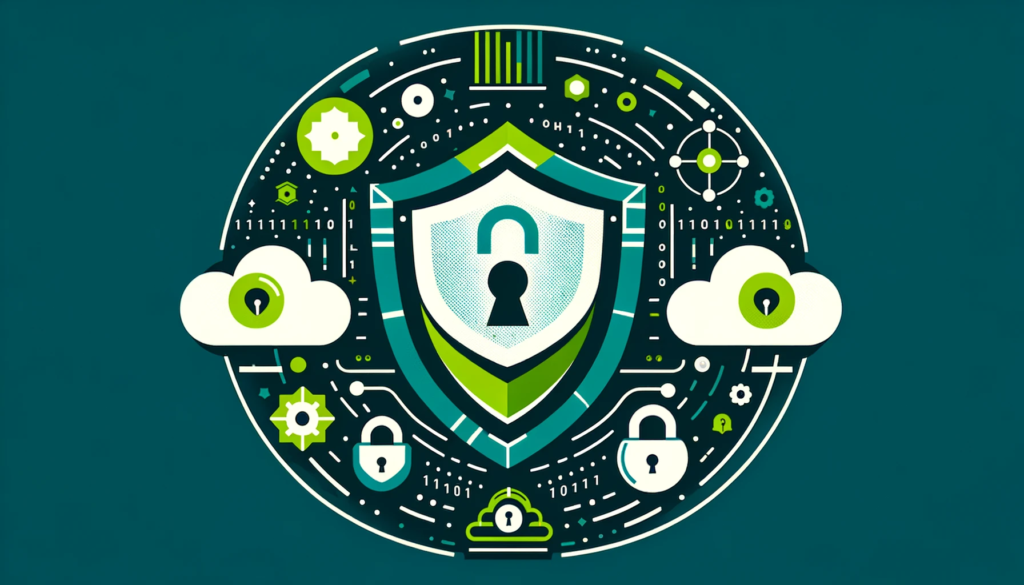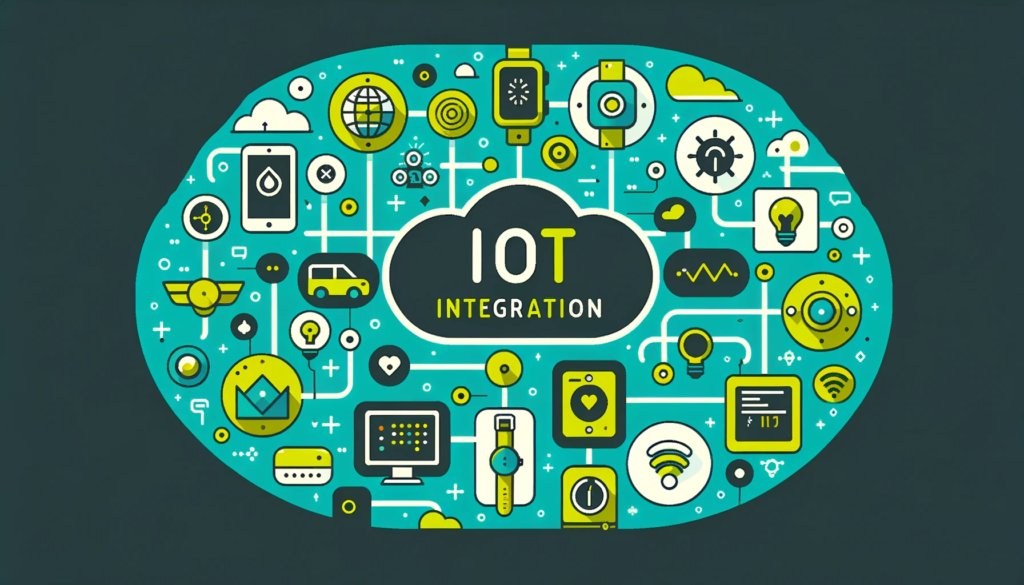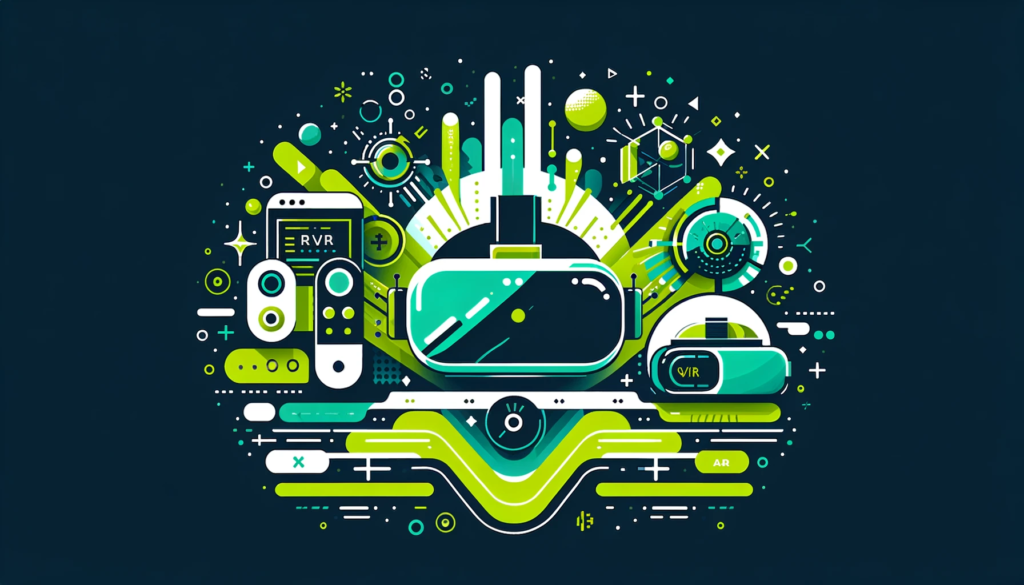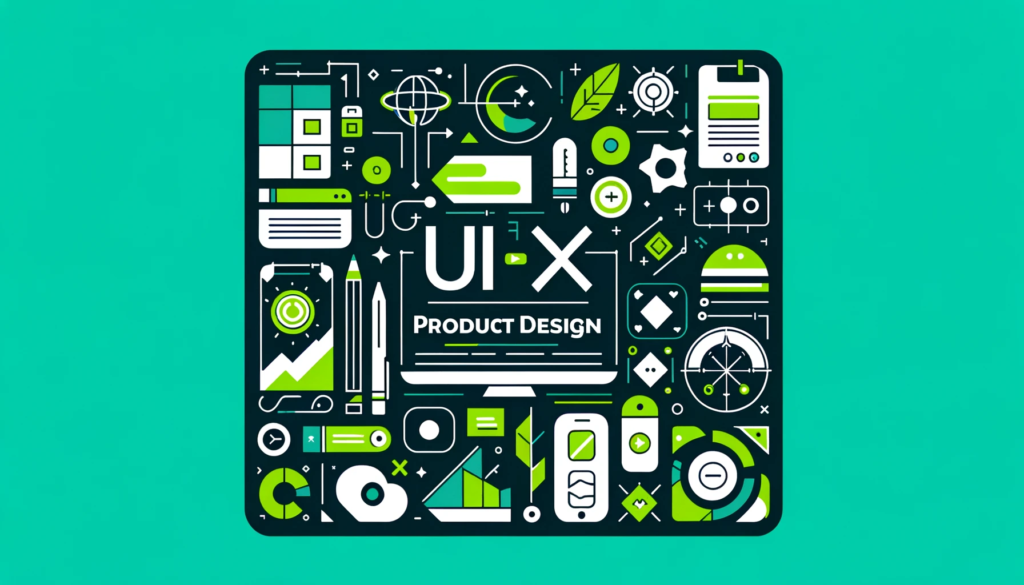Advancing technology and changing consumer behaviors play a pivotal role in designing products. What was relevant yesterday may not be relevant today. Therefore, it is very important for product designers to be on the lookout for new trends. Without foresight, product designers may fail to recognize important shifts in the trends and create products out of touch with reality.
In this article, we will discuss important considerations for product designers, share how product design is evolving, and what to expect in the next 10 years.
Three Major Considerations in Product Design
Inclusivity
In today’s fast-paced world, it is fair to say that technology has become a necessity. Inclusive designs ensure that nobody misses out on the product regardless of their disabilities. Inclusivity demands designers to carefully create digital and tangible products that are considerate of the population with visual, cognitive, auditory, and other disabilities.
Data Protection
The world today is connected through electrical devices. With so much personal and crucial data being shared electronically, customer data privacy and security have become a priority. Protecting user data builds trust and, ultimately, unwavering loyalty to the product. Data protection measures like encryption and access controls have become critical in product design.

Designers are ethically and morally obliged to;
● Only collect necessary data.
● Be crystal-clear to customers about why the data is required and how it will be used.
● Give control to users over their information.
Products should be designed to collect only necessary data, obtain clear consent, and give users control over their information.
Cross-Platform Integration

Users interact with digital products across various devices. These could include laptops, mobile phones, and other smart devices. Therefore it is important for designers to develop products in such a way that it offers a seamless experience across all eligible devices. Product designers are incorporating core functions, interfaces, and other elements to offer a unified cross-platform experience.
The New Wave of Product Design: Evolution and Focus Areas
Growing Focus on UX and UI Design

As products become increasingly digital, product designers are in constant pursuit to deliver the best possible user experience and user interface. In the past, products were often designed with a focus on technical specifications and functionality. Today, companies realize that how easy and enjoyable a product is to use determines its success. People want apps and websites that are easy and pleasant to use. Because of this, UX and UI design has become very important for many companies. UX and UI teams study what users need and design products accordingly. Good UX and UI design keeps users engaged and makes products people love.
Designing Products to Establish an Ecosystem
Manufacturers are moving towards developing product ecosystems to offer customers a unified experience. For example, smartphone makers create apps and applications to go with their phones. By bringing different products under the same brand umbrella, customers no longer need to buy different products from different manufacturers and set them up individually. Users can simply synchronize their data across all the products in the ecosystem. Product designers consistently brainstorm ideas for expanding the ecosystem or improving user experience across existing products.
IoT integration

Internet of Things (IoT) are devices that can be connected to the internet to share data. The data received provides valuable insights into product performance and user behavior. Product designers can use these insights to enhance the digital capabilities of future product versions through remote updates.
Integrating IoT transforms ordinary products into “smart” devices with self-awareness. Designers can develop interfaces to transmit this sensor data to cloud/web platforms. IoT integration allows digital product designers to develop intelligent systems.
Data Decides
Instead of relying just on trends or qualitative feedback, product designers make choices based on hard data-driven intelligence. Designers conduct extensive testing to get large feedback data, which is then used to develop predictive models and forecasts. Today, data is becoming more and more important to make important decisions. However, in the near future, data will be the backbone of every decision.
Minimalism

Minimalism is a present trend that has gained mass acceptance in a short time. The purpose of minimalism in product design is to offer simple functionality. Instead of complicating user interfaces or the human-product function, minimalism focuses on purposeful details that are refined to offer comfort and are enjoyable to use. For example, apps like Uber and Google Maps have very simple interfaces that make them easy to use.
Dark Mode
Dark Mode is a very recent trend. Introduced only a few years ago, it has made its way onto the UI design of almost every smart device. Switching interfaces to a dark background with light text can make products more comfortable to use. Dark themes reduce eye strain when using devices at night. Similarly, it makes the device comfortable to use in dark environments. Dark modes work best on OLED technology as it improves energy efficiency. Many apps and operating systems now offer dark theme options that users can toggle on.
What to Expect in the Future?
Higher Use of VR/AR

Virtual reality (VR) and augmented reality (AR) will transform the product design processes in the future. Already, product designers are using VR and AR more to prototype and experiment with design variants. But the role of these technologies will become even more prominent in the future.
VR: This will allow designers to immerse themselves in a lifelike simulation of the product environment. They will be able to evaluate design choices and user interactions.
AR: Will overlay digital information and objects onto the physical environment. This will enable designers to assess ergonomics and usage. Designers will be able to visualize and experience products in a real-life setting directly before production.
Product designers will be able to visualize updates without having to create physical prototypes each time. This will help product designers save cost and time.
Increased AI integration
Artificial intelligence has proven to be an invaluable tool across many industries for brainstorming ideas as well as optimizing workflows. But in the near future, the dependence on AI for product design will likely grow. The capabilities of artificial intelligence will aid designers throughout the processes of product design. Be it processing feedback or simply coming up with new ideas, AI will have a say in important decisions. In the future, AI will also grow beyond the capabilities we use currently; it will be more powerful and resourceful.
Eco-friendliness and Sustainability
There is growing consciousness around the environmental impact of products we use. In the future, this consciousness will only grow more and pressure designers to adopt nature for design ideas.
Product designers will need to find innovative ways to design products that are;
● Energy efficient,
● Use less raw materials,
● Generate less waste
● Made from sustainable materials
Caring about the planet and social impact will matter more than quick trends or planned short lifespans. Product designers will have to be mindful of their carbon footprints and the resources used in the development.
Unique Experience for Unique Customer
In the future, how companies design products will drastically change. The evident change is visible even now as more and more products are offering unique experiences. In the future, this change will be very noticeable. Instead of making things for the general public, product designers will focus more on customized experiences for each person. Rather than a one-size-fits-all approach, products will be tailored specially for different customers.
Advancements in technology will enable more customization and personalization in products across industries. Apps and devices will adjust interfaces and functionality to suit each user’s needs and habits best. Product designers will make design decisions based on data and feedback, which will help them create virtually endless variations. Personalization will go beyond function to reflect users’ identity and values in look and feel. Product interactions will become less transactional and more experiential. Designers will design products to resonate with their users emotionally.
Human-Centered Design
Human-centered design refers to an approach aimed at designing products and services that people actually need. As technology becomes more sophisticated, product designers must first focus on understanding user needs and then develop a product centered around those needs. The priority will be to solve consumer needs rather than offer loads of tech with little to no value for the intended user.
In the future, designers will base product designs on how people actually use them instead of just on “great ideas.” Designers will watch people and see what works well and what doesn’t. Products will be easy to understand and feel good to use. How things look and work will feel natural to people. Product designers will aim to create products that are easy to use without requiring much learning. UI of human-centered product designs will be simple and straightforward. Users will be able to know what the products can do just by looking at them or playing with them for a short time.

